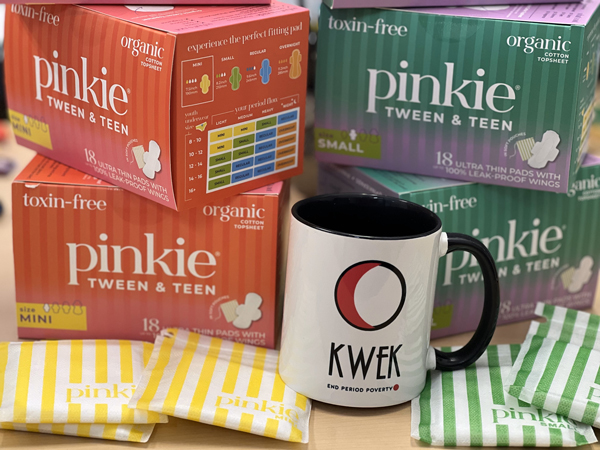
Our core work is supplying period products — pads, liners, tampons, our moon time and Big Auntie bags filled with supplies, reusable pads, menstrual cups, and cotton underwear for period accidents at school – to the schools with whom we partner. We also offer school partners a range of puberty education books. We buy these from Amazon, for the most part, to be housed in school libraries and counselors’ offices (we can’t afford to furnish all students with their own books). On occasion, we have been able to offer students the booklet Passage: A Guide to Periods, supplied by our friends at Glad Rags. It covers biology, history, menstrual options, and more and fits with our mission by providing a lively, positive approach to menstruation. You can order yours here.
I wanted to take a moment to thank you for the booklets on self care. We have been able to use these in our small groups and give them to individual students. We appreciate your attention to the needs that we face as we educate our students in this matter. Our students often are not prepared for the changes in their bodies and these booklets have been useful tools for us.
Period Trackers
Tracking your period can support your menstrual health
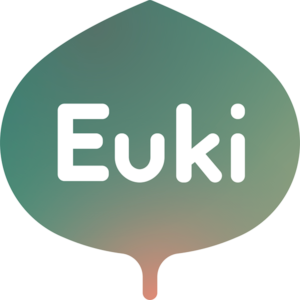
Euki
Period tracking app
In late 2023 we began highlighting the Euki period tracking app as a secure means to track your period on your smartphone. You can learn more about its functionality and security features by visiting the Euki website and reading this resource. We welcome your feedback on this app.
Paper-Based Moon Time (Period) Tracker
Migwetch (thank you) to author Dr. Cindy Gaudet, illustrator Leah Dorion and publisher Mother Butterfly Books for the work you put into creating this journal. The Kwek Society encourages the use of a paper tracker over most all online period tracking apps, as operators of these online apps could be sharing or even selling your data to third parties.
The Pinkie Blog®
In late March 2025 we received our first donation of Pinkie Pads, a new organic pad marketed to teens and tweens. That’s when we became aware of the period education resources Pinkie shares in its “Pinkie® Blog.” We think the youngest menstruators we serve will be particularly excited to use these pads, and also will enjoy the “resources and how-to’s” offered in the blog.
Pinkie® Blog posts cover student-friendly topics such as “Can I play sports while on my period?” and “How to use a tampon: 5 easy steps.” We’ll be sharing a link to the blog posts when we share the donated pads.
Our thanks to Pinkie and to The Pad Project, our long-time friends who facilitated the Pinkie Pads donation, for helping us meet the needs of more young menstruators!
Guide to a happy period
From our friends at Access Period

What does a normal period look like? How do I manage pain? How do I use period products?
This English/Spanish guide from Access Period will help you answer these questions and more.
Menstruation Animation
Since we launched The Kwek Society, we’ve been on the hunt for a fun, yet reliable source of information about puberty and menstruation. Something that young people, their parents and their educators could consult anytime, anywhere, that we could offer through our site And now we’ve found a reliable option in this Menstruation Animation video, produced by researchers in the lab of Shruthi Mahalingaiah, assistant professor of environmental, reproductive, and women’s health at Harvard T.H. Chan School of Public Health, working with educators at the Museum of Science, Boston.
Aunt Flow
Learn everything from how to use a pad to what causes a period.
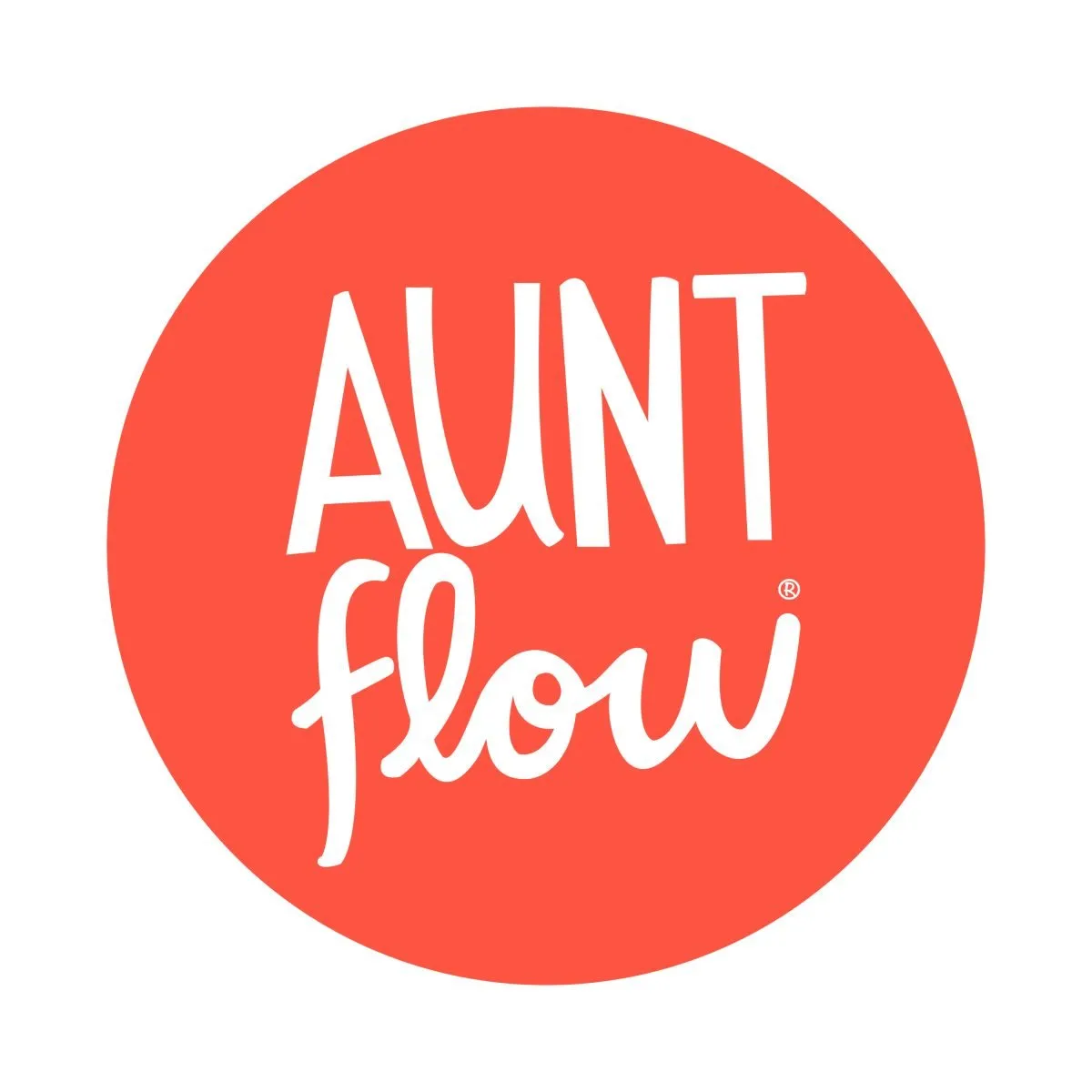
Do you have questions about how to use a pad or tampons?
Are you ready to learn more about periods?
Aunt Flow has resources explaining the timing of first periods, what causes a period, what to do for cramps, and why tracking one’s period is a good idea.
Educators might find these resources useful for students
(there are PDF and PNG versions of each).
Saalt.
Period Products
We now are receiving from Saalt regular donations of its menstrual cups. We don’t anticipate that very many of the students we support will want to – or be able to – use menstrual cups, but we are excited to have them on hand to offer students and eager to hear feedback from those who try them. According to Saalt . . .
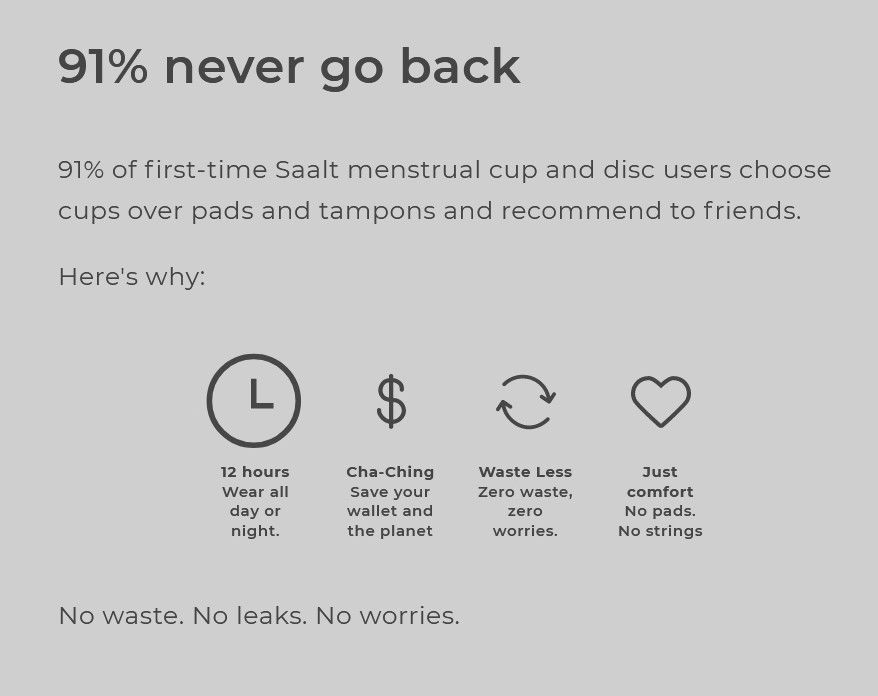
In making its offer, the company also pointed us to its YouTube channel for instructions on cup use; we now are sharing this link with the students and staff receiving the cups.
Having these cups ready to share with menstruators resonates with our belief that everyone has the right to period products of good quality that are a joy to use during their moon time. Migwetch (thanks), Saalt, for this generous support!
Learn more about period poverty and its impact on U.S. students
Check out State of the Period 2021, a study commissioned by our friends at Thinx and PERIOD.
“The second State of the Period confirms that students are eager to learn more about periods, decrease stigma, and shift attitudes around menstruation. Overall, students do not think the narrative the world presents to them on their periods matches their personal experiences.
Students are calling for more open dialogue and creating a wave of activism around menstrual equity, and states around the country are beginning to provide free menstrual hygiene products in schools, along with wider calls for reform.”
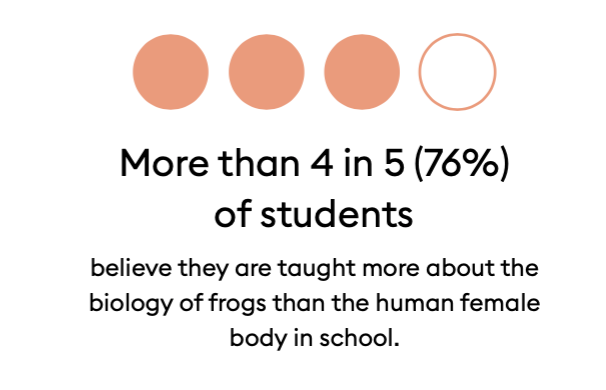

Let us know what you think of these educational resources!

